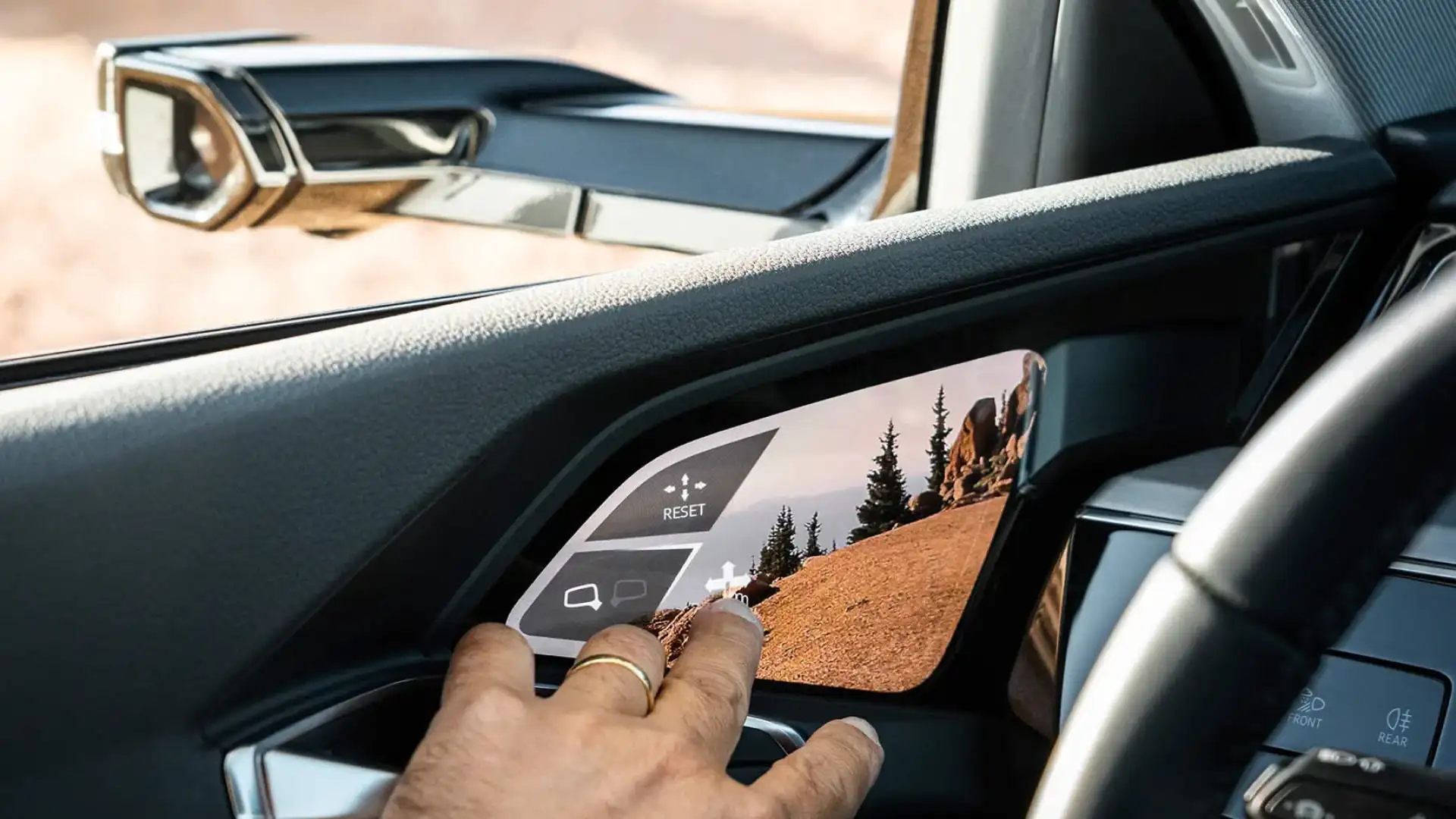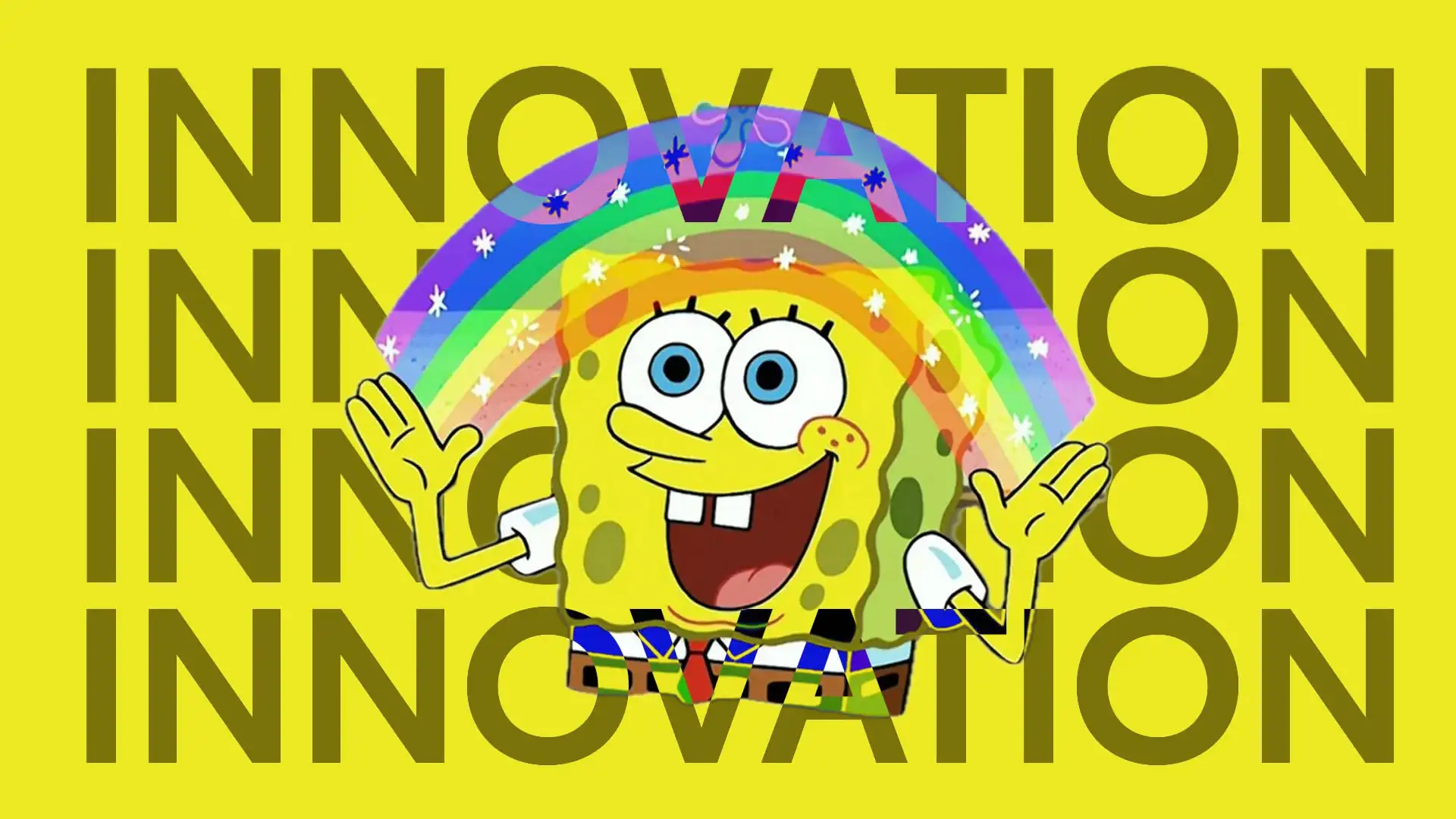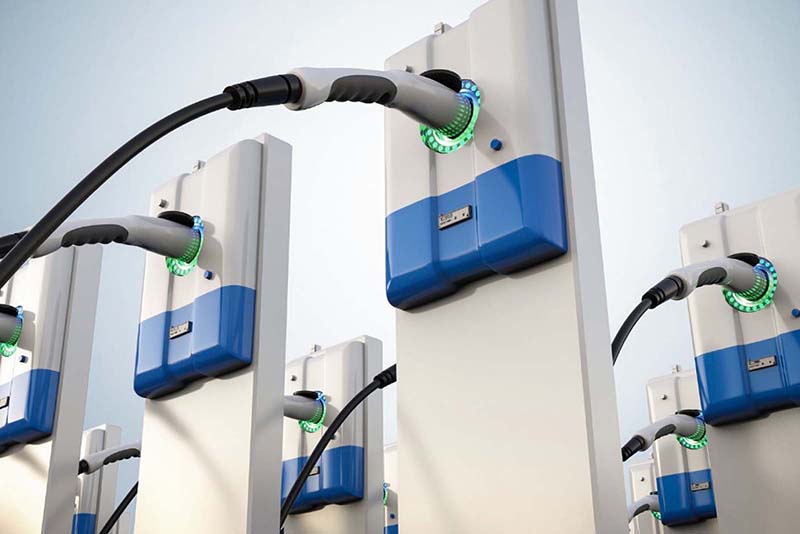We are living in an era defined by rapid technological advancement. From self-driving capabilities to elaborate infotainment systems, the automotive industry is transforming at an unprecedented pace and constantly touting the next big innovation. But a critical question arises: are these innovations genuinely improving our driving experience, or are they often complicated solutions to problems that simply don't exist – even introducing new risks?
It started with a touch
Remember a time when car dashboards were a symphony of tactile buttons, dials, and switches? Adjusting the air conditioning or changing the radio station was a simple, intuitive flick of the wrist, performed without taking your eyes off the road. Then came the touchscreen. While earlier iterations existed, the large, central touchscreen as a primary interface for virtually all vehicle functions truly began to gain widespread prominence and popularity starting with 2012 Tesla Model S.

The promise was a clean, futuristic cabin. The reality, however, often falls short. While a large screen looks impressive, manipulating digital menus to perform basic functions like adjusting fan speed or heated seats demands a level of visual attention that a physical button never did. The lack of tactile feedback forces drivers to glance down, taking their eyes off the road, simply to adjust the volume or skip a track – a clear step backward in ergonomics and safety. These features don't address a genuine user need; instead, they often create new inconveniences or risks under the guise of progress.
A 2022 study by Swedish car magazine Vi Bilägare dramatically illustrated this danger: testing various modern cars, they found that drivers took significantly longer and travelled much further to perform simple tasks using touchscreens compared to a 17-year-old Volvo V70 with physical buttons. The worst-performing car, MG Marvel R, required 1,400 metres to complete tasks that the best physical-button car accomplished in just 300 metres.

Beyond the aesthetic reasoning, manufacturers also found an attractive financial incentive: touchscreens, with their versatile software interfaces, could often be cheaper to produce and integrate than a multitude of physical buttons, switches, and their associated wiring harnesses. What was once an effortless action has become a cumbersome multi-step process, turning a supposed innovation into a genuine usability concern.
The EV catalyst and the rise of unnecessary features
The rise of electric vehicles (EVs), particularly from disruptive newcomers like Tesla and a wave of agile Chinese manufacturers, has sent shockwaves through the established automotive world. These new players often forgo decades of traditional automotive design principles, opting for radical aesthetics and tech-heavy interfaces. This has created immense pressure on legacy car brands.
Fearing being left behind or perceived as archaic, many older manufacturers have rushed to mimic these trends. This competitive scramble has given birth to a host of "innovations" that less about solving real driver problems and more about replicating the perceived futuristic look of their rivals. This often leads to design choices that prioritise form over function, simply to appear cutting-edge.
The biggest one was the proliferation of capacitive touch buttons on steering wheels and centre consoles, as mentioned above. But there are more. Take, for instance:
Electronic door handles

What genuine problem do they solve? Traditional door handles have been a reliable, intuitive, and safe mechanism for over a century. Yet, many modern cars feature handles that present themselves upon approach or retract flush into the bodywork. While aesthetically pleasing, they introduce potential failure points: they can freeze in cold weather, malfunction electronically, or even complicate emergency access after an accident.
Digital side mirrors

Replacing clear, simple glass with cameras and interior screens might offer minor aerodynamic benefits, but they introduce new complexities: potential glare on screens, unfamiliar viewing angles that require adaptation, and a system reliant on electronics that could fail. They often solve a problem few drivers had with traditional mirrors while introducing several new ones.
Gear shifters

This has often prioritised novelty over clarity. Gone are the days of universally understood PRNDL levers; instead, we see an array of push-buttons, rotary dials, small toggles, or column-mounted stalks, each requiring a different mental model. This pursuit of a minimalist or 'futuristic' interior often leads to confusion and fumbling, especially when drivers switch between cars or need to quickly select a gear in an emergency.
So how can we ensure that an innovation is "good"?
It's important to acknowledge that not all innovation is bad. Features like advanced driver-assistance systems (ADAS), improved fuel efficiency, or truly ergonomic seating represent genuine progress. However, as consumers and creators, we need to apply a more critical lens to new automotive technologies. We need to stop and re-evaluate what truly makes a good innovation.
Here's a simple checklist to help assess whether a new feature is genuinely innovative:
Does it solve a real, identified problem for the user? Is there a tangible inconvenience or safety gap it addresses?
Does it genuinely improve safety, convenience, or efficiency without undue compromise? Does it make something better without making something else worse?
Is it intuitive and reliable in everyday use? Can a driver use it easily and consistently without a steep learning curve or frequent malfunctions?
Does it add value that justifies its cost and complexity? Is the benefit proportional to the resources (money, attention, potential frustration) it demands?
The automotive industry is at a crossroads
Being innovative is vital, but it must be guided by purpose, not just competitive anxiety or aesthetic whims. True progress in vehicle design should focus on meaningful, user-centric improvements that genuinely enhance safety, comfort, and the overall driving experience.
As manufacturers, there's a clear call to action: step back, re-evaluate, and ensure that every new feature is a thoughtfully engineered solution to a real problem, rather than a complicated answer in search of a question. Let's drive towards a future where innovation truly serves the driver, not the news cycle.
Written by





